Gardening for beginners: 8 easy tips for getting started
Our advice on gardening for beginners will help even the total novice create a beautiful outdoor space
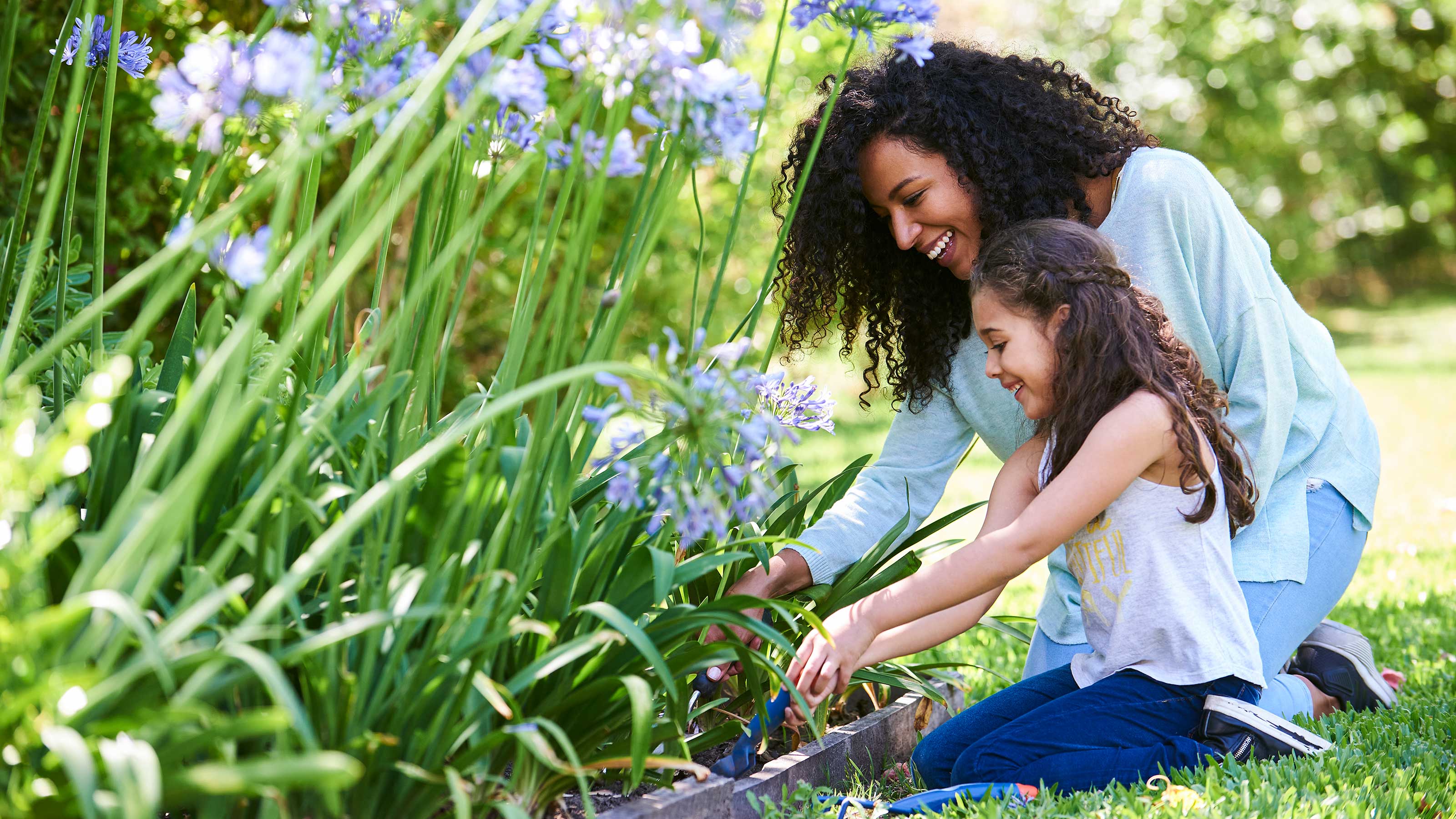

Our advice on gardening for beginners will help you feel more prepared if you're new to planting, sowing, and growing, but want to have a go.
For those who haven't got much experience, the whole concept can feel a little overwhelming. With so many plants to choose from, let alone learn how to care for, it can be hard to know where to start. Plus, although there are plenty of ways to cut costs, the idea of putting all that hard work and time in to be left with lackluster results can be a bit off-putting.
However, with a plan, the best plants for beginners, and a bit of trial and error, you'll find that your green-fingered efforts are well worth it – and gardening isn't as scary as it may first seem. And, not only will you be rewarded with a beautiful space to relax in and fresh flowers and veggies to enjoy indoors, but you're also likely to feel the benefits on your mental and physical wellbeing.
Our top 8 tips for gardening for beginners
Once you've got to grips with these basics, growing a garden isn't too tricky.
1. Get to know the different types of plants
One of the first things to bear in mind when starting a garden is the difference between annuals vs perennials.
Annuals are the shortest-living type of plant. They are often cheap and easy to grow and bloom prolifically. Wildflowers such as poppies and cornflowers are a good example, as are sweet peas and cosmos.
Perennials, on the other hand, continue to grow and bloom year after year, so are worth investing in.
There are biennials, too, which take two years to complete their lifecycle. They will grow in year one, then flower, set seed, and die in year two. Examples include foxgloves.
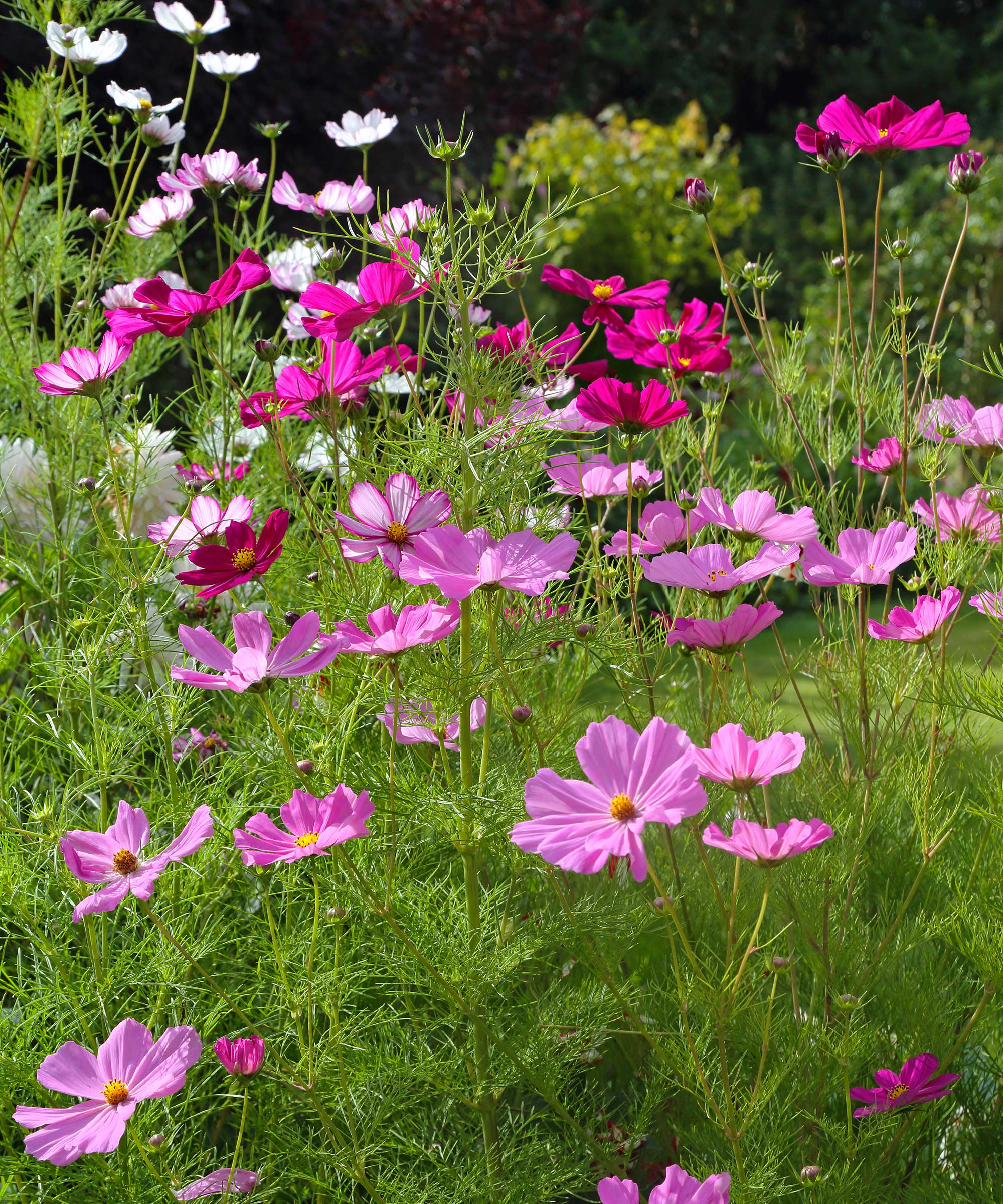
Cosmos, an annual, make a bold impact in summer
2. Choose easy-care plants that are suitable for your space
Knowing the difference between annuals, perennials, and biennials will help you choose a good selection for your yard, but that's not the only thing you need to bear in mind.
Different plants have different needs to grow well. Not taking these needs into consideration when picking out varieties and putting them in your garden is likely to lead to disappointment, and probably wasted cash.
The key factors are how much sun they need, and the type of soil. For instance, some drought-tolerant plants will need plenty of sun and well-draining soil to thrive, while shade-loving plants will do just fine in damper, gloomier spots. Look at your outdoor space carefully and be sure to choose plants that will suit the conditions before you buy. Buying low-maintenance plants is also a good move, as they tend to be less fussy and will thrive with minimal ongoing care.
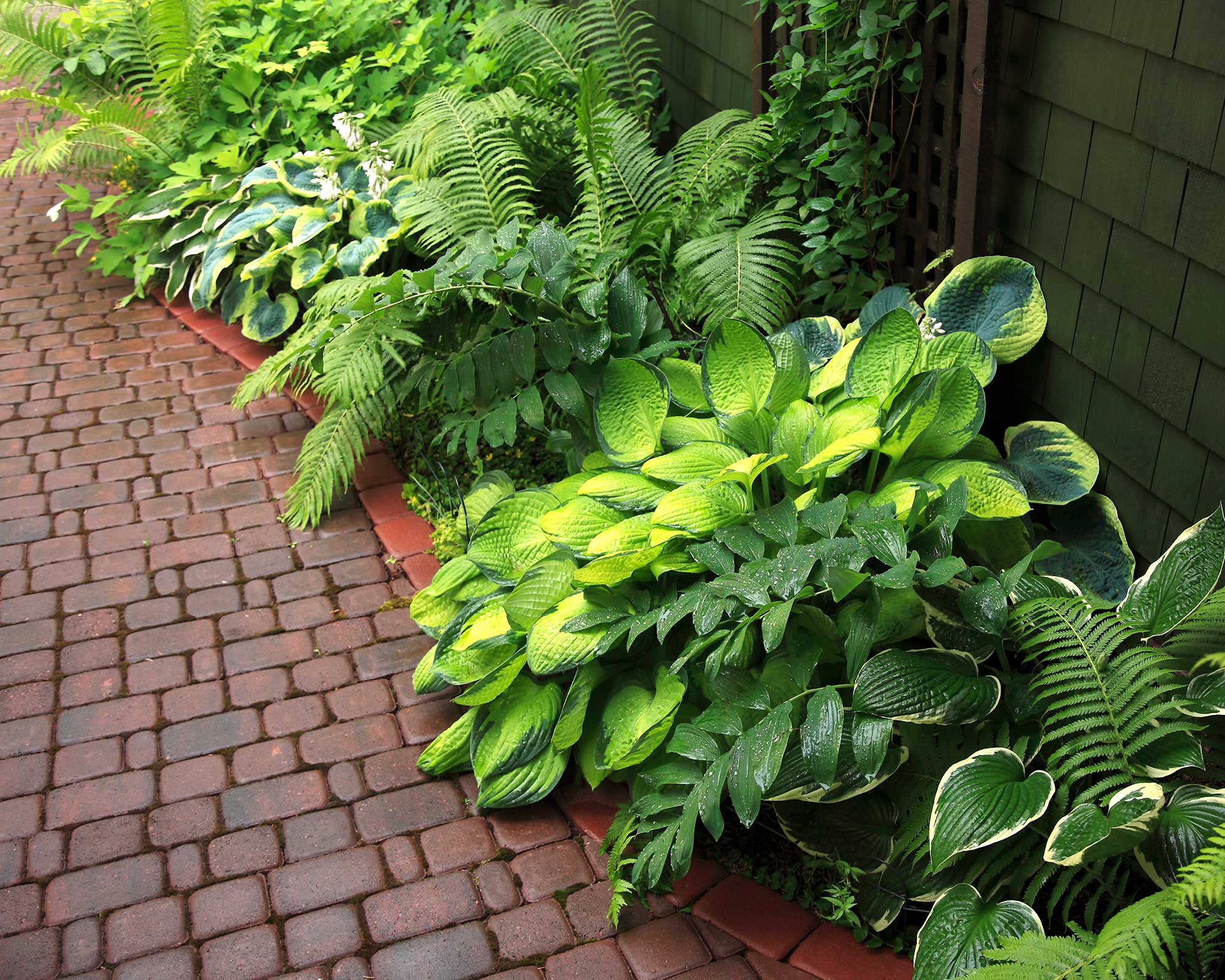
Hostas and ferns are well-suited to a shady spot
There is also hardiness to consider, which refers to how well they can withstand lower temperatures.
'Possibly one of the most confusing things for beginners is understanding about hardy plants,' says the experts at Hartley Botanic. 'When it comes to winter in the UK, anything you want to keep growing really needs to be fully hardy – and that means it can withstand temperatures down to about -15°C, i.e. very cold.
'If you are sowing any seeds from late autumn to late winter, they must be hardy to grow on. And even if you germinate seeds in a heated propagator, if they’re not fully hardy, they just won’t survive the cold.' Naturally, this can reduce what you can grow somewhat. A greenhouse can create a protected climate and help plants grow slowly through winter, they add, especially if it can be kept frost-free. There are other ways to protect plants from winter, too.
The US is divided into hardiness zones, which makes it easy to choose plants that are suitable for your region.
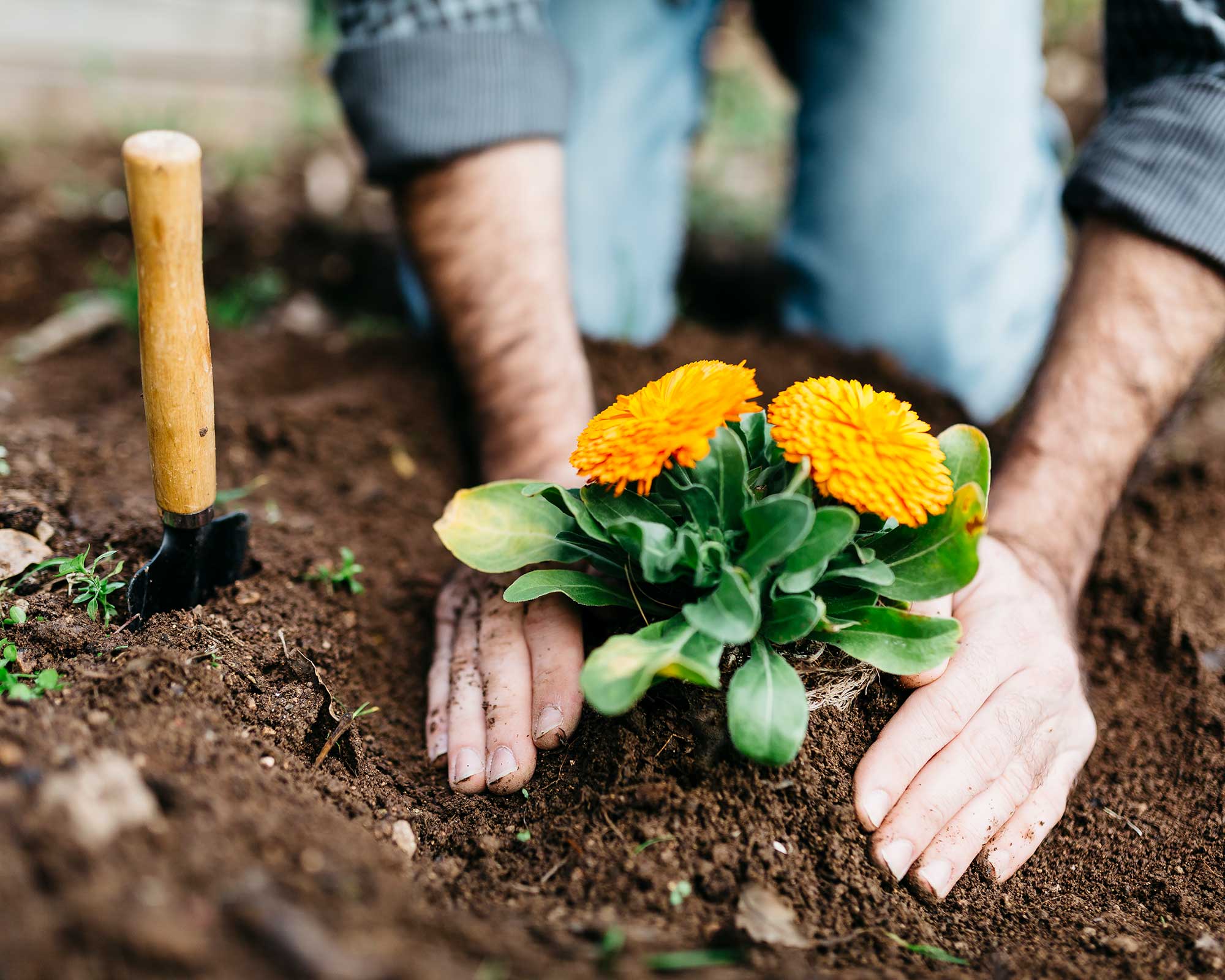
Some plants will survive cold temperatures better than others
3. Utilize container gardening
Container gardening is a great way to get into growing your own flowers and crops and will instantly brighten a patio. They're quick to plant up, and as you can move them around and fill them with compost rather than relying on garden soil, you can create a very controlled environment.
There are lots to choose from to fill them with – we've listed our best container plants in our dedicated guide – plus you can grow vegetables in pots, too. Just remember to keep on top of watering them, as they tend to dry out quicker than garden borders or flower beds. It's also important to pick planters with drainage holes. If the pot has only one central hole, add crocks at the bottom of the pot, says the RHS – this will stop soil from falling out of it. Adding fertilizer is also helpful in giving plants a boost. Use a high-nitrogen liquid feed if plants look yellow or tired, adds the RHS, while flowering or fruiting plants will benefit from a high-potassium feed.
Try introducing some perennial plants for pots, planting up a bulb lasagne for springtime color, or even creating a winter display. For the latter, 'attractive plants to use could include dwarf conifers, variegated ivies, cyclamen, and primulas,' says the Amateur Gardening experts. Stand the pots on pot feed and wrap them in fleece or move to the greenhouse if it gets very cold or stormy, they add.
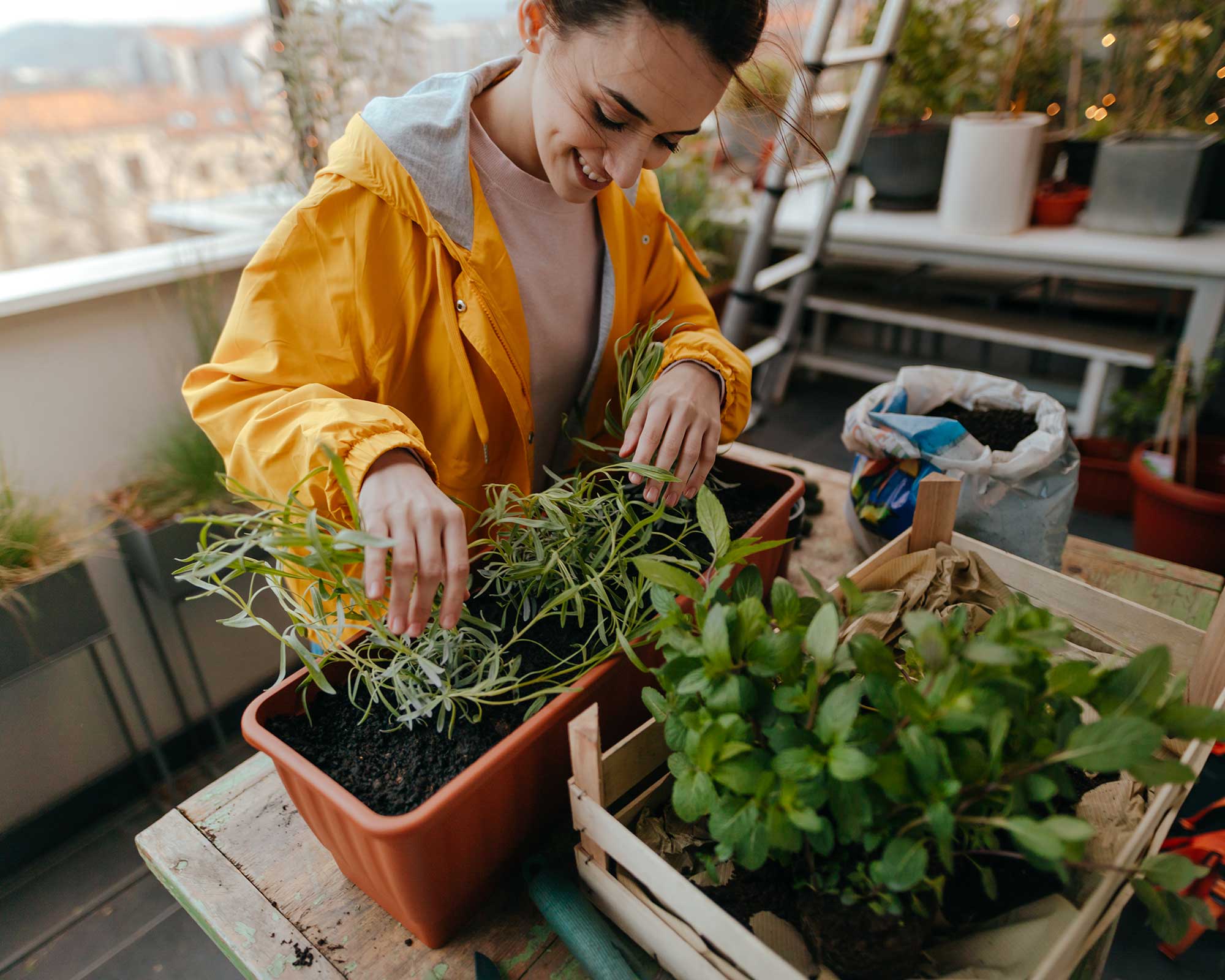
Planting in pots is a great way to start growing, especially if you don't have much space
4. Don't let the weeds take over
Whether you're growing your plants from pot-grown varieties from the garden center, plug plants, or seeds, you will want to keep an eye out for weeds. Not only do they often look unsightly, but these pesky interlopers can smother your plants and suck up all the nutrients from the soil.
Good preparation is half the battle, which means removing any weeds from the soil you're planning on planting into. If you're planting garden borders, covering the ground with a weed-control membrane is also a good idea, suggests the Amateur Gardening experts.
'Choose a heavy-duty one that is porous to water and remember to anchor it in place with pegs to prevent it from blowing away in fierce winter storms. Cut slits for planting, using a sharp gardening knife, and to give plants the best chance, add compost to the slits as you put them in the ground,' they add. You can then cover this in bark chippings for an attractive finish.
But don't despair if you do spot some intruders during your growing escapades – there are lots of ways to get rid of weeds easily if you act sooner rather than later.
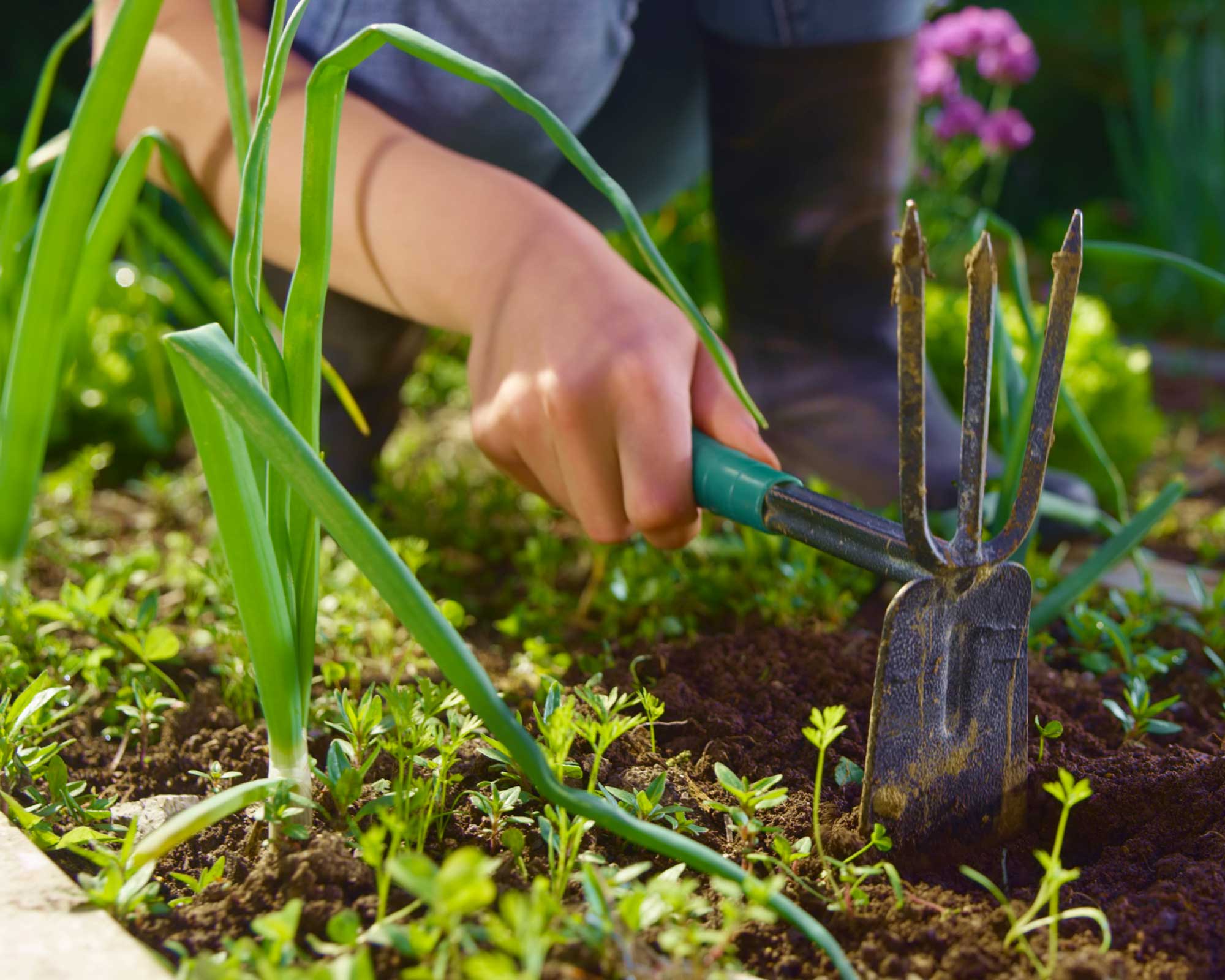
With weeding, little and often is generally the best approach
5. Protect plants from pests
It's not just weeds you'll need to keep an eye out for. Pests can also be a bit of a pain – in terms of gardening for beginners and experts alike. Hungry birds, slugs, and other pests can nibble on your plants and quickly cause them to deteriorate if you're not careful. But, all can be deterred if they get too problematic – often by natural means.
Aphids are a common one that can invade all sorts, but getting rid of them isn't too troublesome. Tackle them by either squishing small colonies between your fingers or using a systemic insecticide such as BugClear Ultra (available on Amazon), suggests John Negus, a gardening expert from Amateur Gardening.
'Aphids have many natural predators such as ladybirds, lacewings, and hoverflies,' he adds, 'so encourage them in with attractive plants such as marigolds and other pollen-rich varieties.'
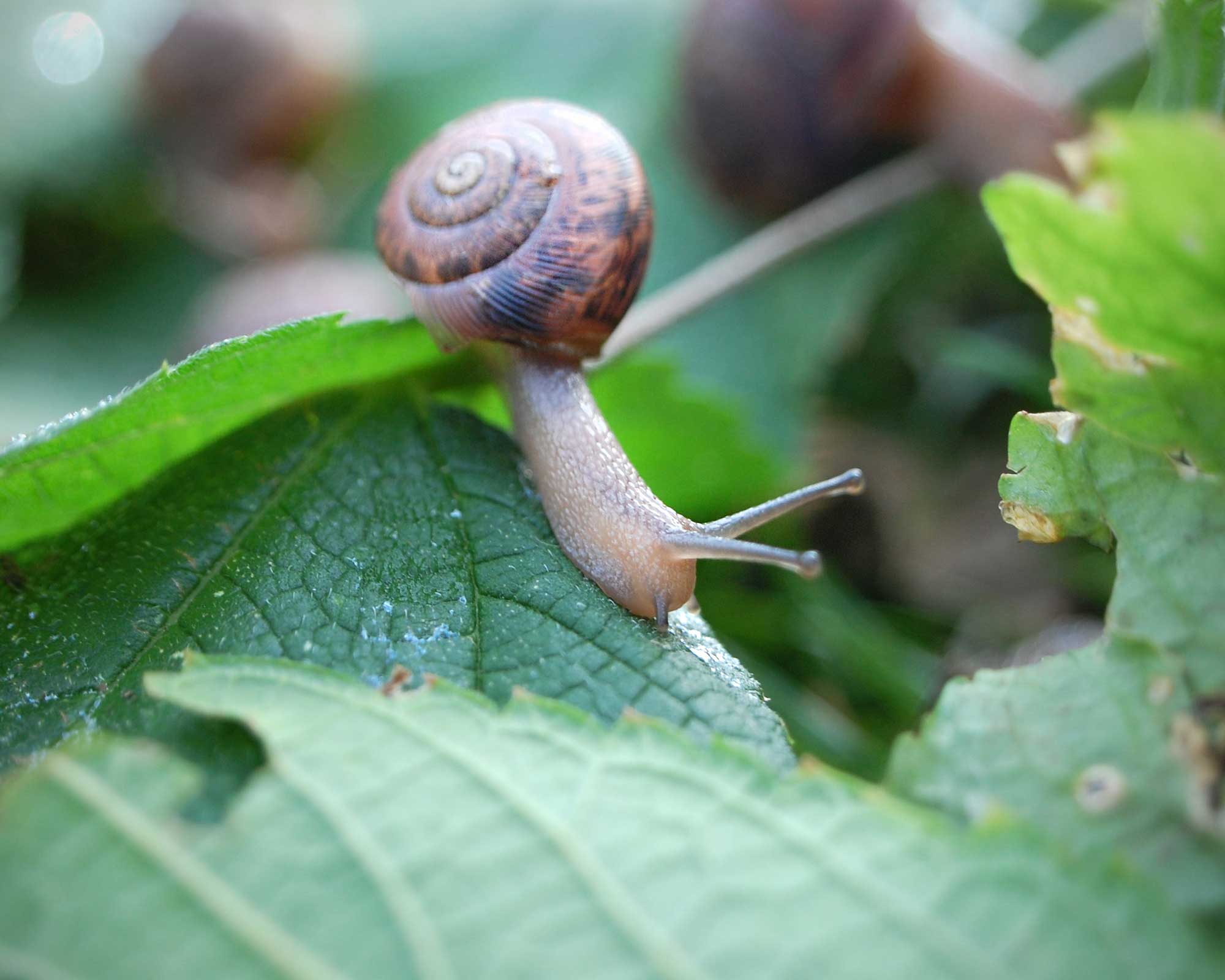
Slugs can quickly nibble holes in your plants
6. Consider a lawn carefully
If you're thinking about installing a lawn, or you've recently moved into a new property and are wondering about keeping an existing one, bear in mind that lawn care requires quite a lot of work and time.
'Grass is also not the most environmentally-friendly option nor is it cost-effective as it requires a ton of water to stay lush and green,' says The Greenhouse People.
'Consider planting loads of wildflowers and keep just a small portion of grass,' they suggest. 'Letting your lawn grow longer too is really great for your garden’s biodiversity since it creates an environment where wildflowers and insects can thrive.' Plus – it's easier to maintain.
'Or, if you’d like to do away with grass completely, consider replacing it with clover. Clover is a great low-maintenance option as it doesn’t require mowing or watering and will attract pollinators,' they add. Of course, there are other alternatives to grass that are stylish and low-maintenance, and won't require you to invest in one of the best lawn mowers.
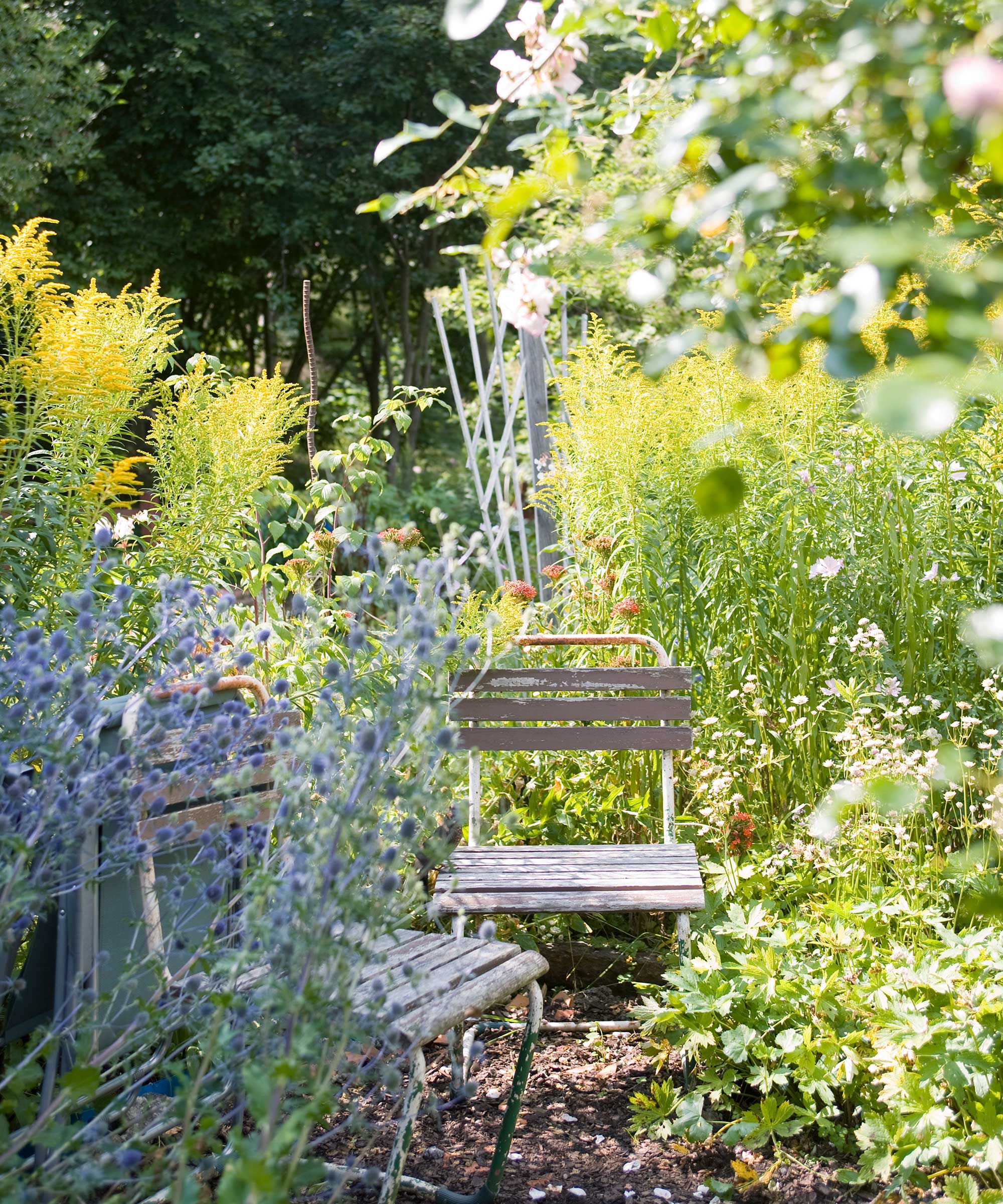
Switch out a lawn for relaxed borders and bark chippings
7. Create an outdoor living space to sit and enjoy your growing efforts
Gardening for beginners isn't just about the growing – to really get the most out of your plot, you'll want to create a space where you can sit, relax, and entertain from.
There are all kinds of DIY landscaping ideas you can try to give your space a boost, from installing gravel pathways to upcycling old pallets. Exterior paint is also an easy way to upgrade a wall, fence, or even the floor.
'Giving your garden fence a lick of paint is a simple way to freshen up its appearance and the look of your home altogether,' says the DIY and power tool experts at Gtech. 'This is also a good way to incorporate some of this season’s trending colors – earth-toned neutrals – into your exterior. Why not choose two or three shades you like, that complement each other, and paint your panels alternating colors?'
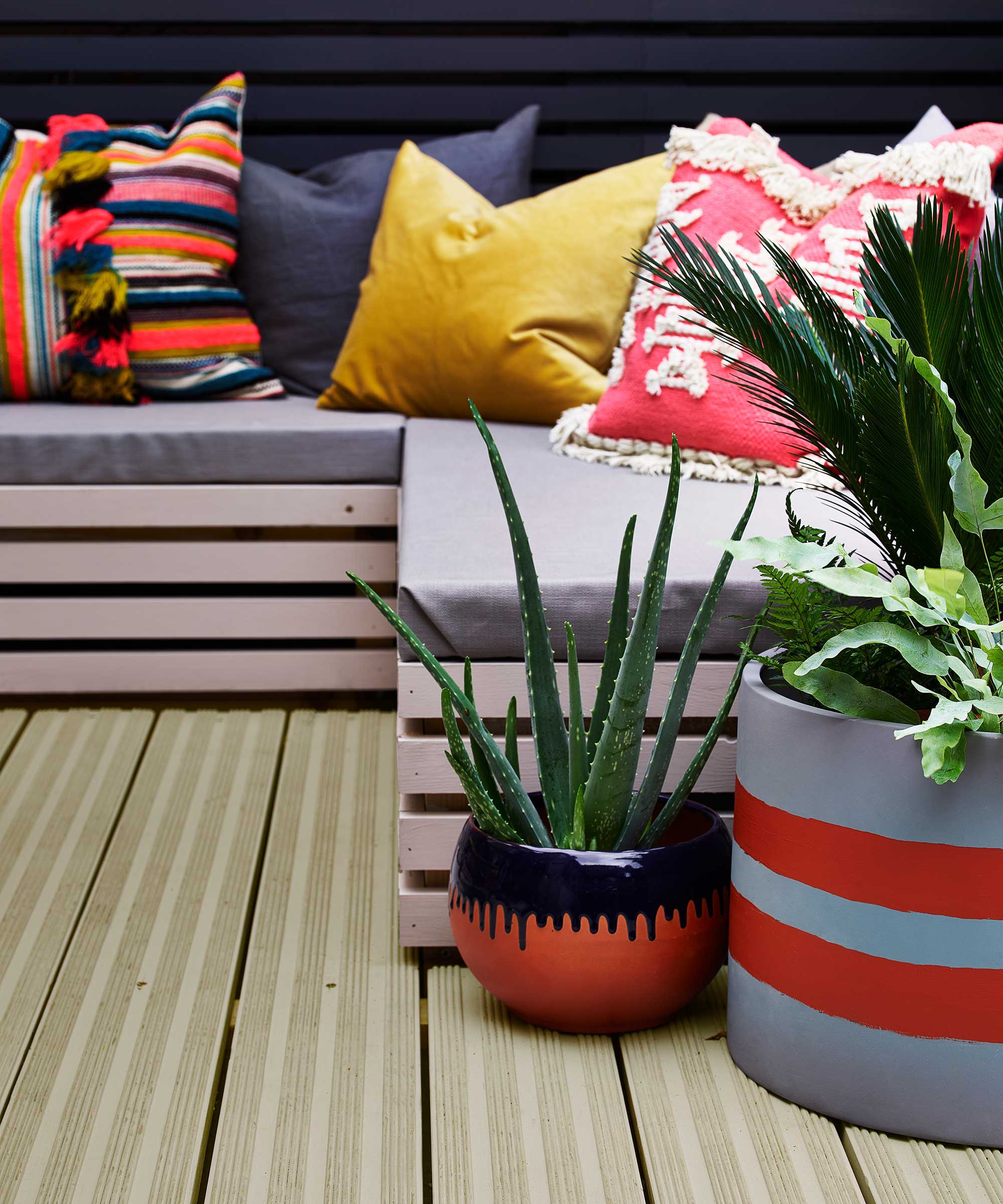
This deck has been given an update with Cuprinol paints
8. Enjoy the process
With gardening, the learning never really stops – that's one of the things that makes it so enjoyable. Don't be afraid to experiment and certainly don't despair if something doesn't work out the way you wanted it to.
There is tons of useful information online – from what to plant when to tips on growing flowers from seeds – but don't try to master everything at once. Instead, embrace picking up new skills as you go along.
Keeping a gardening journal can be useful, so you can track what worked and what could be improved next time. And most importantly, have fun! Gardening can be a wonderfully relaxing pastime for all ages and once you start, you might decide you've found a new hobby for life.
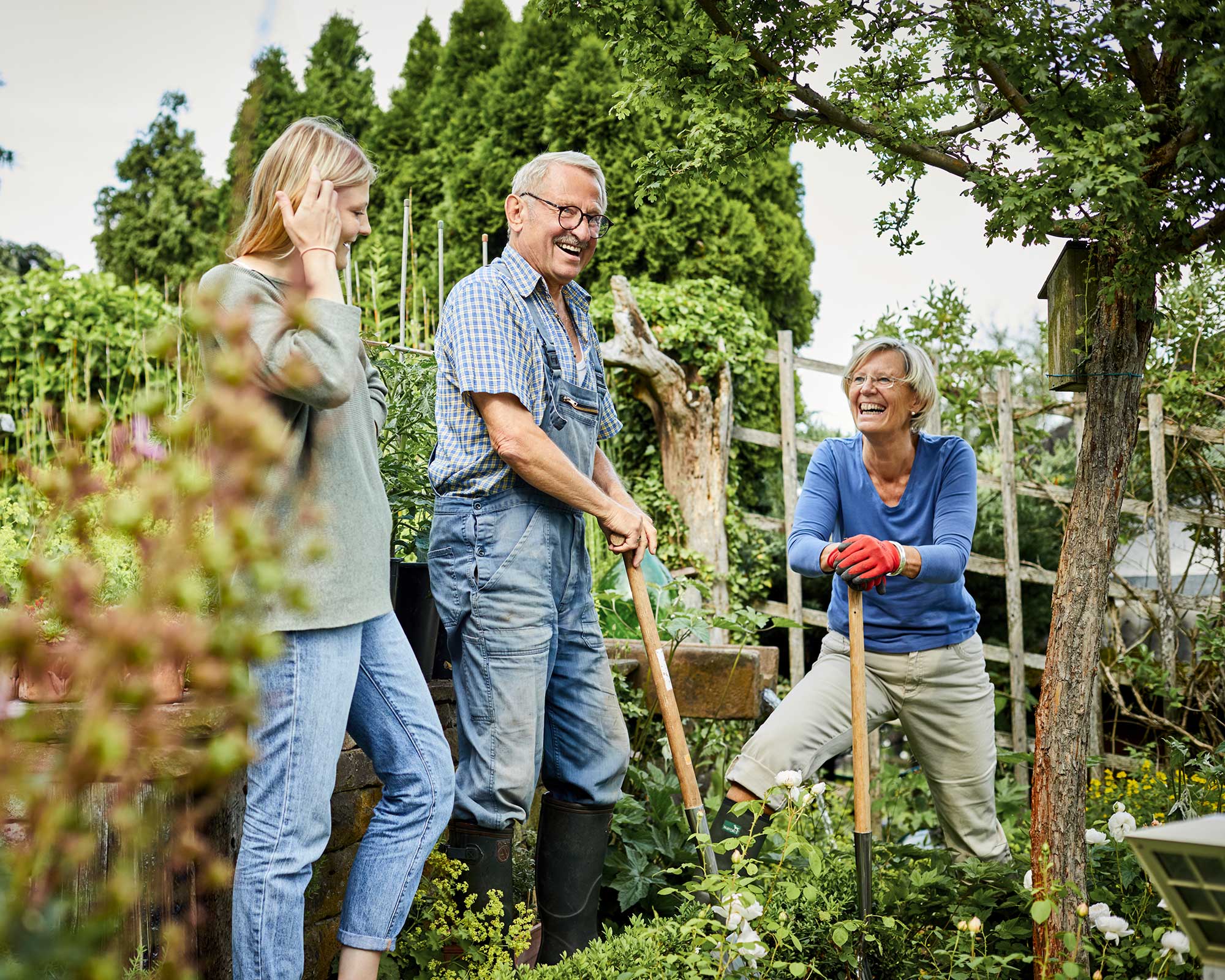
There's always something new to learn with gardening

The garden was always a big part of Holly's life growing up, as was the surrounding New Forest where she lived. Her appreciation for the great outdoors has only grown since then. She's been an allotment keeper, a professional gardener, and a botanical illustrator – plants are her passion.
